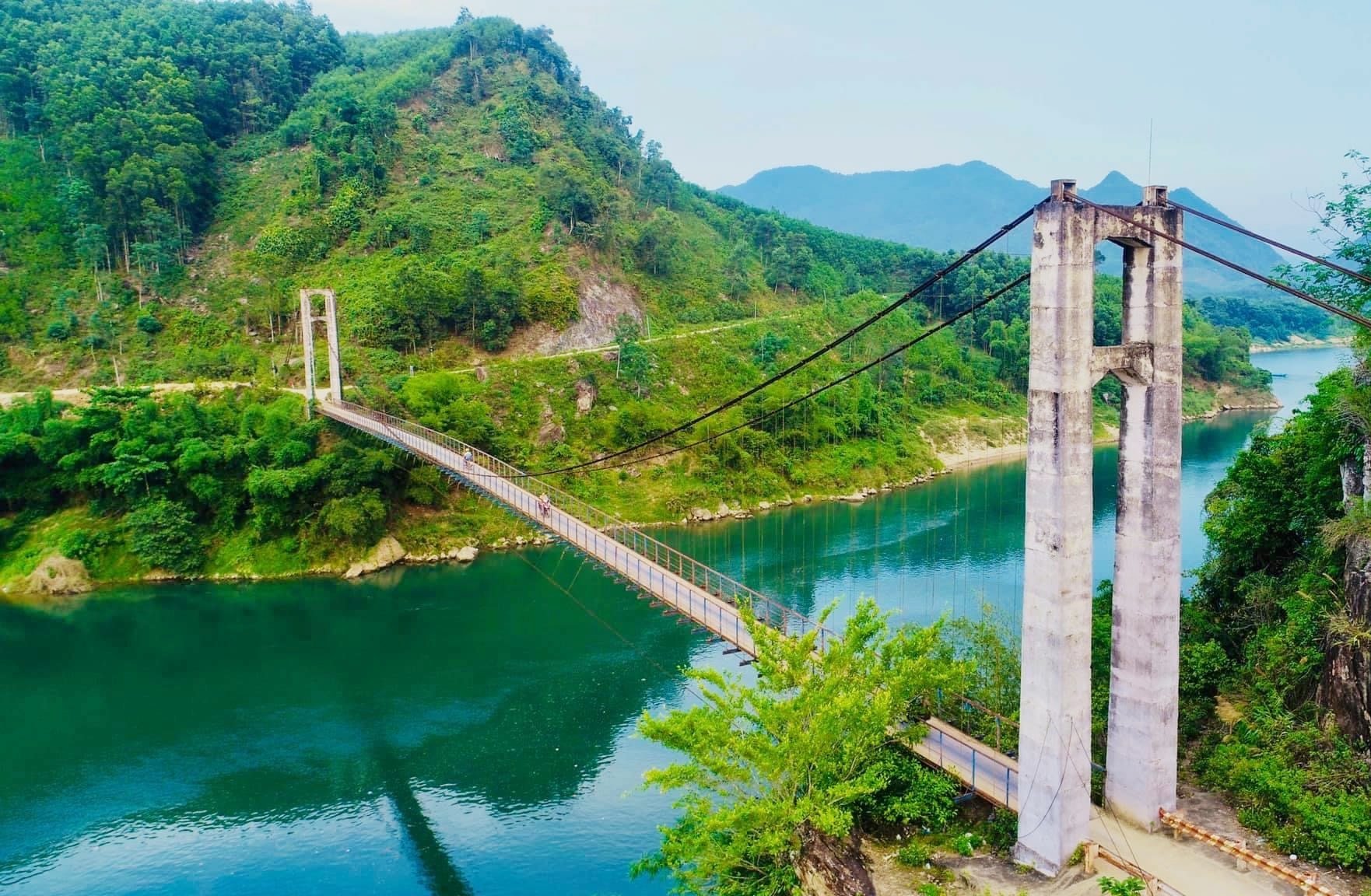
Lack of synchronous infrastructure
In the two villages of Mau Long and Ninh Khanh of Que Phuoc commune, people have to travel a long distance to carry out administrative procedures. This area is divided by the Thu Bon River, so every time they go to the Commune Public Administration Service Center, they have to go around to Nong Son Bridge (in Nong Son commune). The distance of about 30km not only takes a lot of time but also puts a lot of pressure on households with elderly people, children or those who need to handle urgent paperwork.
In fact, there is still a shorter way for people to go to the old Que Lam commune to cross the suspension bridge. However, this bridge has many signs of deterioration, the bridge abutment is at risk of landslides. Mr. Nguyen Van Hai, a resident of Ninh Khanh village, shared: "People here are afraid to cross the suspension bridge, but going around Nong Son bridge is too far."

According to records, the traffic system of Que Phuoc commune still has many bottlenecks, making production and daily life of the people difficult. National Highway 14H, the main traffic axis of the commune, is mostly narrow, with some sections only about 3m wide. Some low-lying areas are often flooded during the rainy season, causing temporary separation, affecting the transportation of goods, connecting villages and attracting investment.
The only road from the suspension bridge to Tu Nhu village follows the mountainside but has no embankment to prevent landslides. During the flood at the end of October, this road collapsed at 4 points, causing rocks and soil to flow onto the road, cutting off nearly 130 households for many days.
Many newly formed communes after the reorganization of administrative units in rural and mountainous areas are also facing the situation of narrow roads leading to the commune People's Committee, less than 5m wide, with degraded road surfaces, making it difficult for large vehicles to turn around. In Thang Phu commune, most of the roads leading to the commune People's Committee headquarters have degraded. During many meetings with voters, people have continuously reported and proposed to repair and upgrade routes DH10 and DH7 because the roads are small and the concrete surface is peeling.
Need for strategic transport axes
Commenting on the difficulties in traffic infrastructure over the years, Ms. Tao Thi To Diem, Chairman of the People's Committee of Que Phuoc Commune, said that the locality is divided by the Thu Bon River but has only one suspension bridge that is deteriorating, making travel increasingly difficult. "Limited traffic infrastructure is a bottleneck in local development. People who want to travel conveniently, trade agricultural products or access public services all need smooth roads, so the need to build new bridges and upgrade traffic routes is extremely urgent," Ms. Diem said.
During the working session with Vice Chairman of the City People's Committee Tran Nam Hung, the People's Committee of Que Phuoc commune proposed to build a bridge across the Thu Bon River to replace the old suspension bridge, and at the same time recommended investing in expanding National Highway 14H, from Nong Son Bridge to Dong Truong Son, an important connecting axis of the commune with the surrounding area.
However, according to Mr. Tran Nam Hung, the investment project for a bridge across the Thu Bon River is not yet included in the Quang Nam Provincial Planning for the period 2021 - 2030, with a vision to 2050 according to Decision No. 72 dated January 17, 2024 of the Prime Minister, so it cannot be considered for investment in the near future.
The Vice Chairman of the City People's Committee assigned the Department of Construction to survey, reinforce and maintain the existing suspension bridge to ensure safety for people, and agreed on the proposal to include National Highway 14H in the medium-term investment plan for the period 2026 - 2030, and assigned the Department of Finance to coordinate with the Department of Construction to update and supplement the project scale to suit the actual situation.
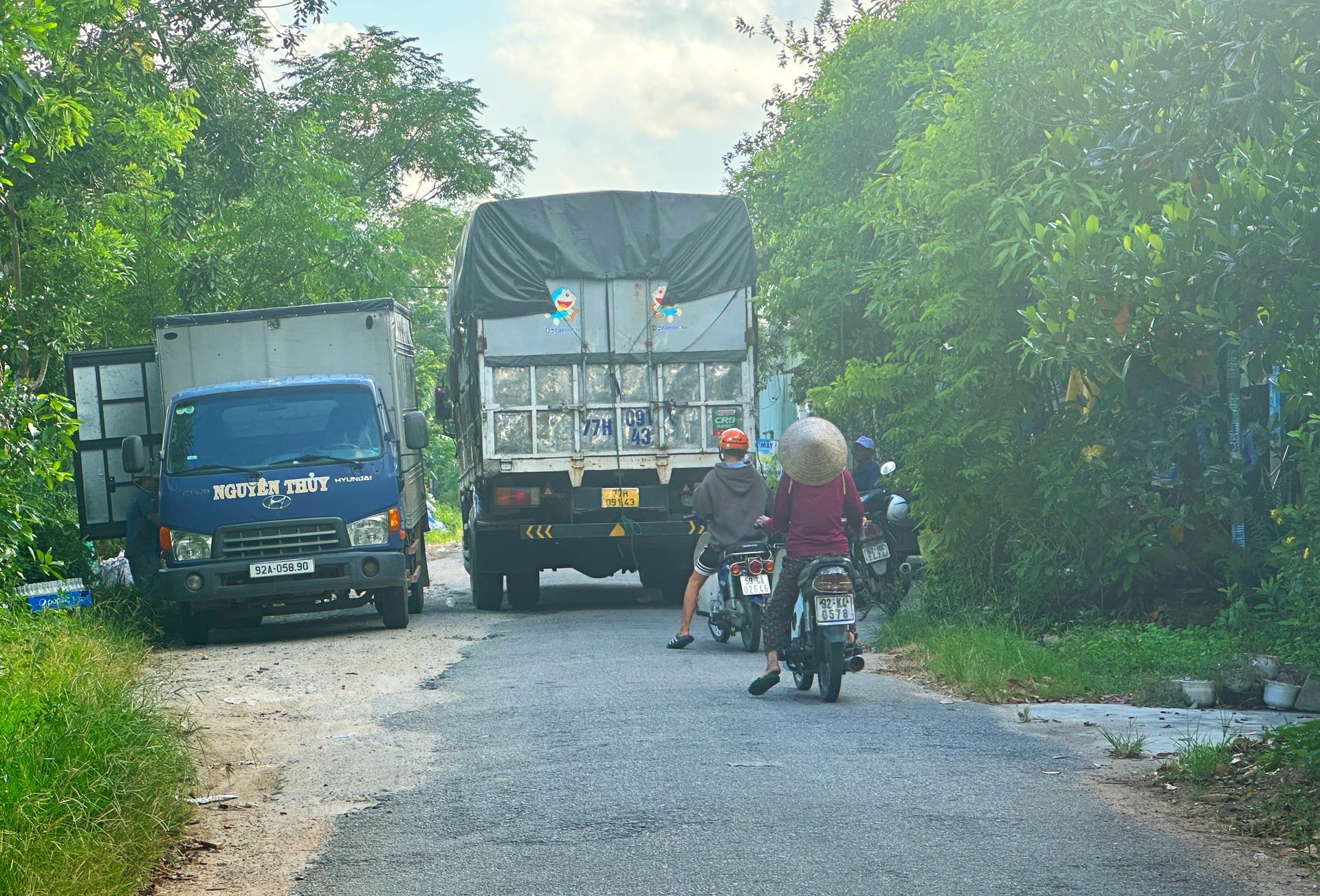
In Thang Phu commune, Vice Chairman of the People's Committee Ho Chi Dung said that the locality is mobilizing resources to register for investment in the period 2026 - 2030. Routes DH25, DH4, DH6, the axis route from DH21 to Binh An and key routes such as Binh Quang - Binh Hoi, Group 9 - Group 10 are all proposed to be upgraded and expanded to serve the needs of people and production.
“To develop production, expand economic space or improve the quality of life, wide and safe roads are indispensable. In rural and mountainous areas, transport infrastructure is always the deciding factor in whether a locality can develop or not,” said Mr. Dung.
Upgrading 88.86km of roads
A recent survey by the Department of Construction shows that the total length of rural roads that need to be repaired and expanded is up to 88.86km, in 8 communes including Dac Pring, La Ee, Tay Giang, Hung Son, Tra Giap, Tra Leng, Tra Tap and Que Phuoc.
Most of the roads have a 4-5m wide roadbed, a road surface of only 3.5-4m, degraded, damaged and difficult to travel. The Department of Construction proposed that the People's Committee of Da Nang City widen the roadbed to 6.5-7.5m depending on the terrain, with a 5.5m wide cement concrete road surface, and at the same time add a drainage system and embankment to protect the roadbed. The total estimated cost is about 647 billion VND.
Source: https://baodanang.vn/thao-nut-that-giao-thong-de-phat-trien-vung-nong-thon-3310536.html


![[Photo] General Secretary To Lam receives President of the Senate of the Czech Republic Milos Vystrcil](/_next/image?url=https%3A%2F%2Fvphoto.vietnam.vn%2Fthumb%2F1200x675%2Fvietnam%2Fresource%2FIMAGE%2F2025%2F11%2F21%2F1763723946294_ndo_br_1-8401-jpg.webp&w=3840&q=75)
![[Photo] Visit Hung Yen to admire the "wooden masterpiece" pagoda in the heart of the Northern Delta](/_next/image?url=https%3A%2F%2Fvphoto.vietnam.vn%2Fthumb%2F1200x675%2Fvietnam%2Fresource%2FIMAGE%2F2025%2F11%2F21%2F1763716446000_a1-bnd-8471-1769-jpg.webp&w=3840&q=75)
![[Photo] President Luong Cuong receives Speaker of the Korean National Assembly Woo Won Shik](/_next/image?url=https%3A%2F%2Fvphoto.vietnam.vn%2Fthumb%2F1200x675%2Fvietnam%2Fresource%2FIMAGE%2F2025%2F11%2F21%2F1763720046458_ndo_br_1-jpg.webp&w=3840&q=75)


![[Photo] National Assembly Chairman Tran Thanh Man holds talks with President of the Senate of the Czech Republic Milos Vystrcil](/_next/image?url=https%3A%2F%2Fvphoto.vietnam.vn%2Fthumb%2F1200x675%2Fvietnam%2Fresource%2FIMAGE%2F2025%2F11%2F21%2F1763715853195_ndo_br_bnd-6440-jpg.webp&w=3840&q=75)
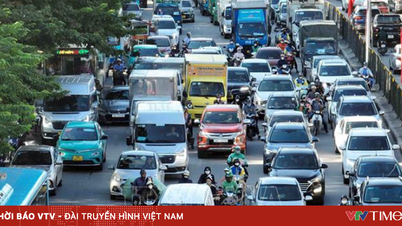

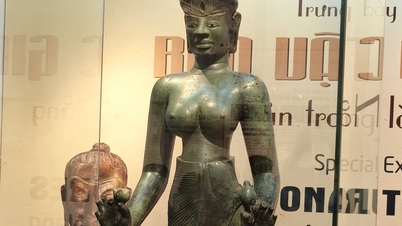

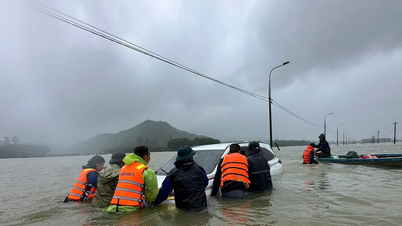

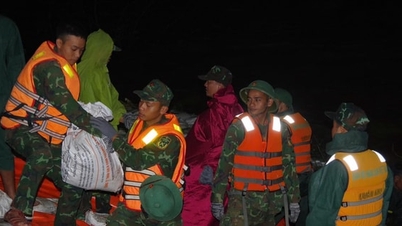







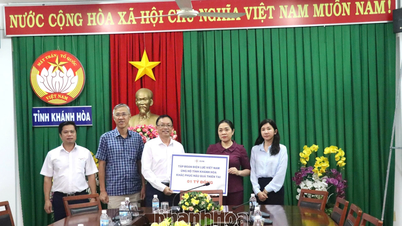

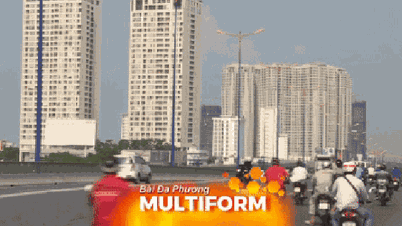

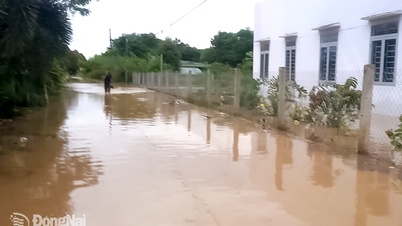



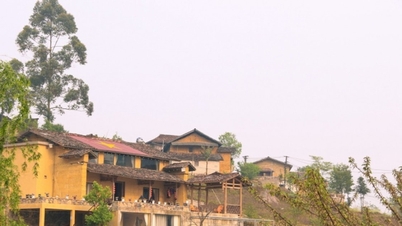




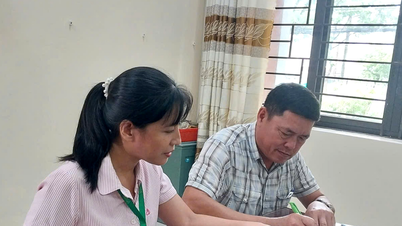

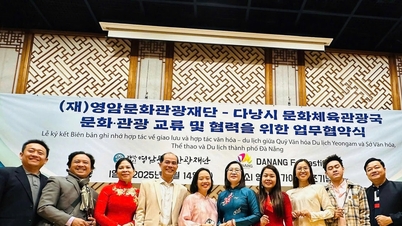
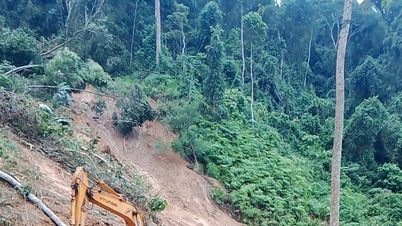






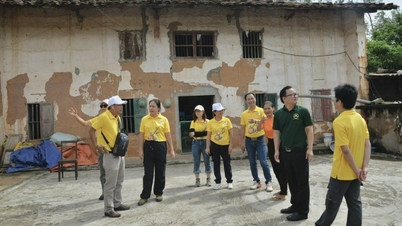




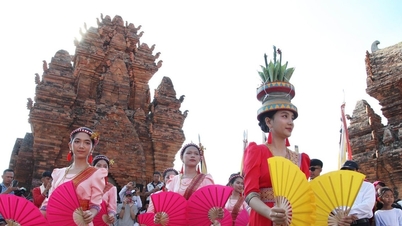
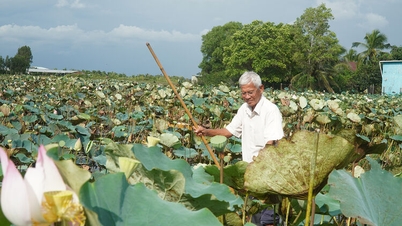

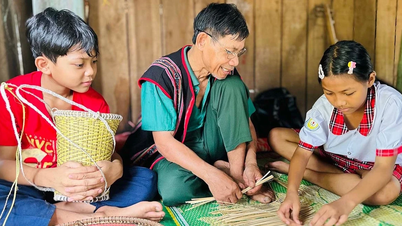









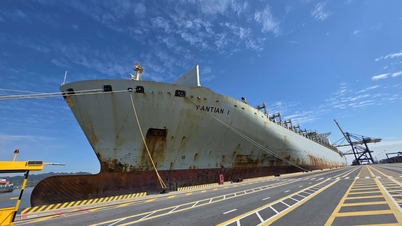













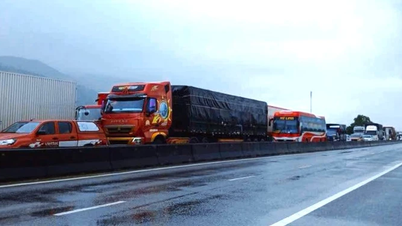



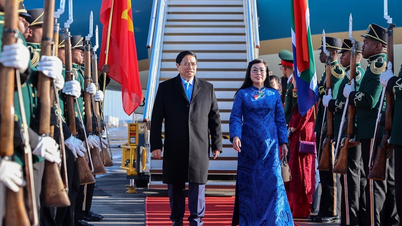

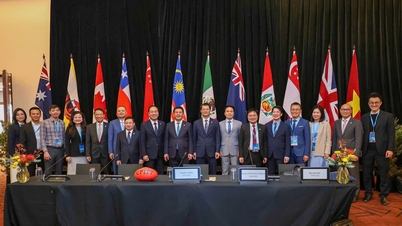







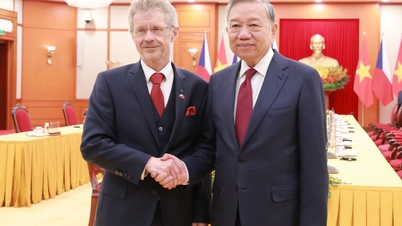

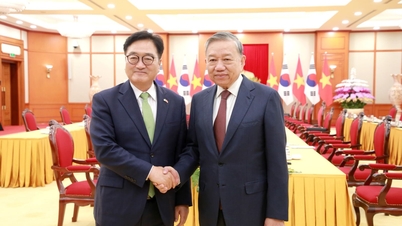


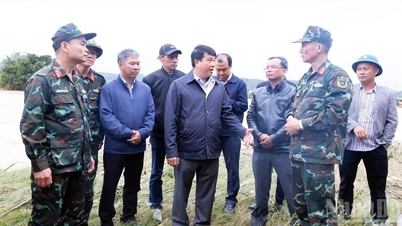
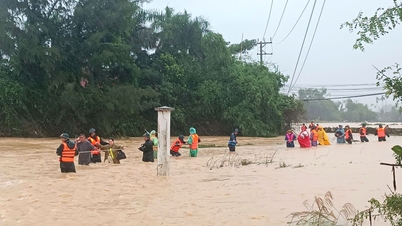

















Comment (0)